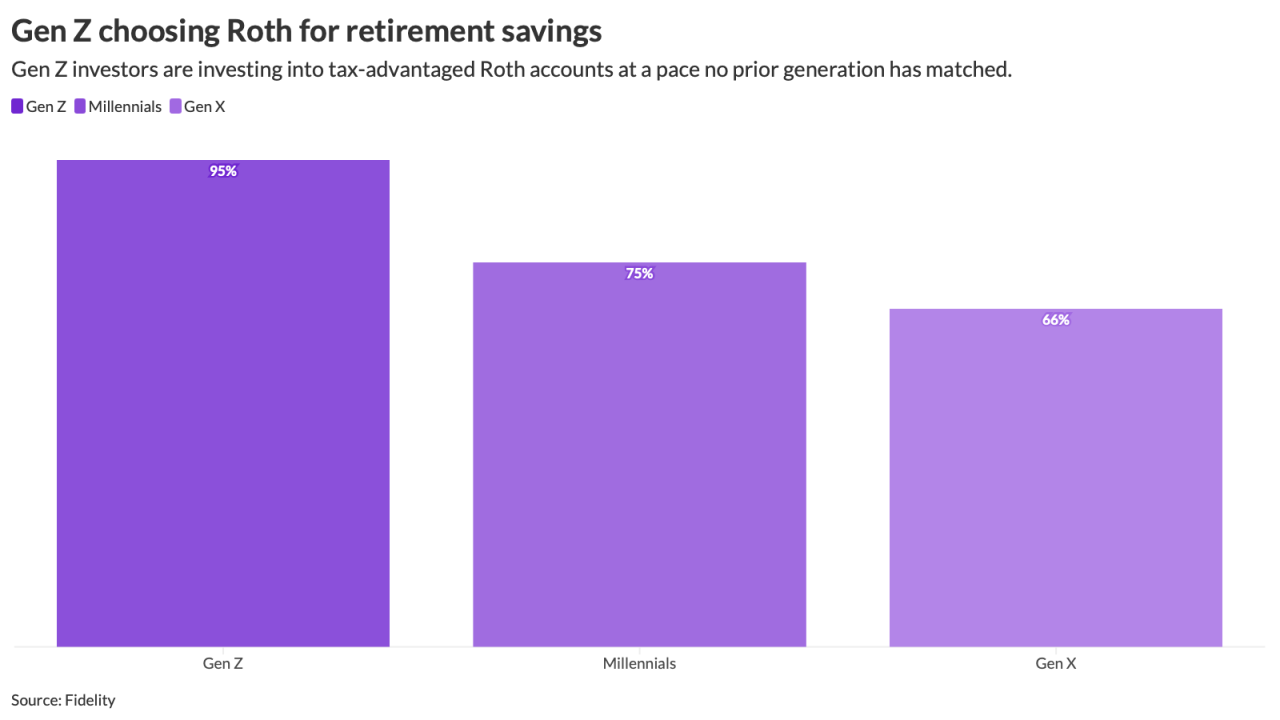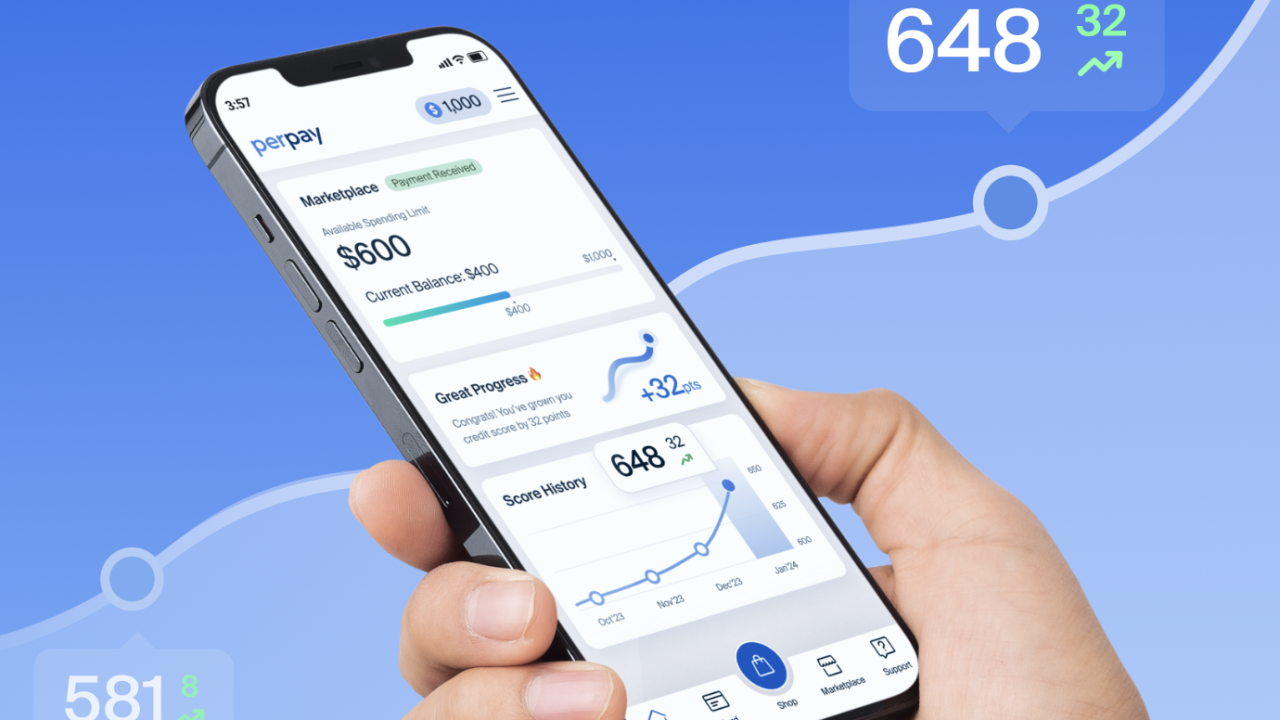Student loan debt has risen to nearly $1.4 trillion in the past decade, which has become a major problem for workers just coming out of college.
“Despite the evidence that income potential rises and chances of joblessness decline with more schooling, many graduates entering the labor market are learning the hard way that a college degree can’t guarantee financial security,” according to a report by WalletHub on
That has led one company to offer an innovative benefit to employers wanting to attract top talent: student loan refinancing as a financial wellness/loan benefit.
Also see:
Adam Potter, president of SimpleFi in California, started the company three years ago.
“We saw a pretty big gap between what the banks and credit unions could offer and what Americans could qualify for,” he says. “Fifty percent of bank applications are denied which leads to a pretty big divide where people can go to get financing.”
The company announced last week that it is offering a refinancing solution for both federal and private student loans to individuals with a FICO score of 720 and above in California, Colorado, Illinois and Texas.
“The cost of getting an education has continued to rise and it takes more than a student loan to cover tuition and living expenses. Students are trapped between investing in a career vs. financial health,” he says. “Nobody wants to be denied an education for lack of funds, so we’re stuck in a cycle where loans are getting bigger, deferments are growing, default rates are rising, and credit is ruined for millions.”
As loans come due, many graduates are looking to their employers for help.
Also see:
Employers can work with SimpleFi to offer student loan refinancing to employees as an employee benefit. Employers can subsidize the benefit if they choose, lowering education costs and enabling employees to focus on paying down the principal of their loan and eventually paying it off, says Potter.
“It makes sense as an employer benefit because people go to their retirement savings or predatory lenders or they are deferring what is needed which is causing them stress,” Potter says. “We created this as an employee benefit to help employers provide employees with a way to get the financing they need, preserve their retirement account and still have personal finances available for health care deductibles.”
Along with the loan program, SimpleFi offers a wellness program to employers that offers counseling, financial tips and on-site seminars.
WalletHub found that the best states for student debt were Utah, Wyoming, North Dakota, Washington, Nebraska, Virginia, Wisconsin, Minnesota, Colorado and South Dakota. States were ranked based on the average amount of student debt carried, the unemployment rate for people between the ages of 25 and 34 and the percentage of students with past-due loan balances.
Also see:
The 10 worst states for student debt were Oregon, West Virginia, Alabama, New York, South Carolina, Georgia, Maine, Connecticut, Rhode Island and Mississippi.
The fastest-growing segment of people with student loan debt is people over the age of 60 because they took out loans in their 50s when their kids were in college, says Potter, who estimates that student loan debt in the U.S. is closer to $1.4 trillion and “a good portion of that has the possibility to be refinanced but only $2 billion to $3 billion of that has been refinanced. There’s a big market opportunity.”
Paula Aven Gladych is a freelance writer based in Denver.





